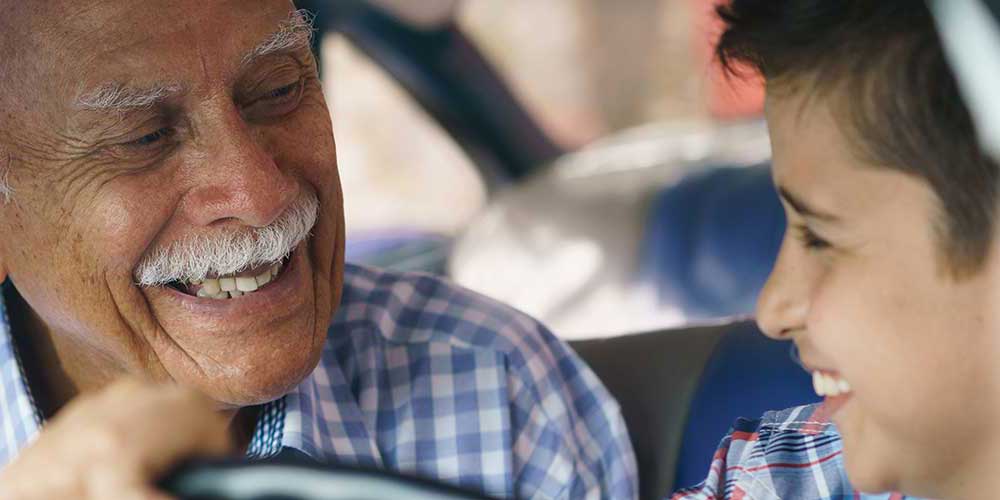By: Robert Tate, Automotive Historian/ Researcher
Images: Courtesy of The National Automotive History Collection & Dr. Gary Gagliardi (Today's Packard Factory image)
Published 12.8.2014
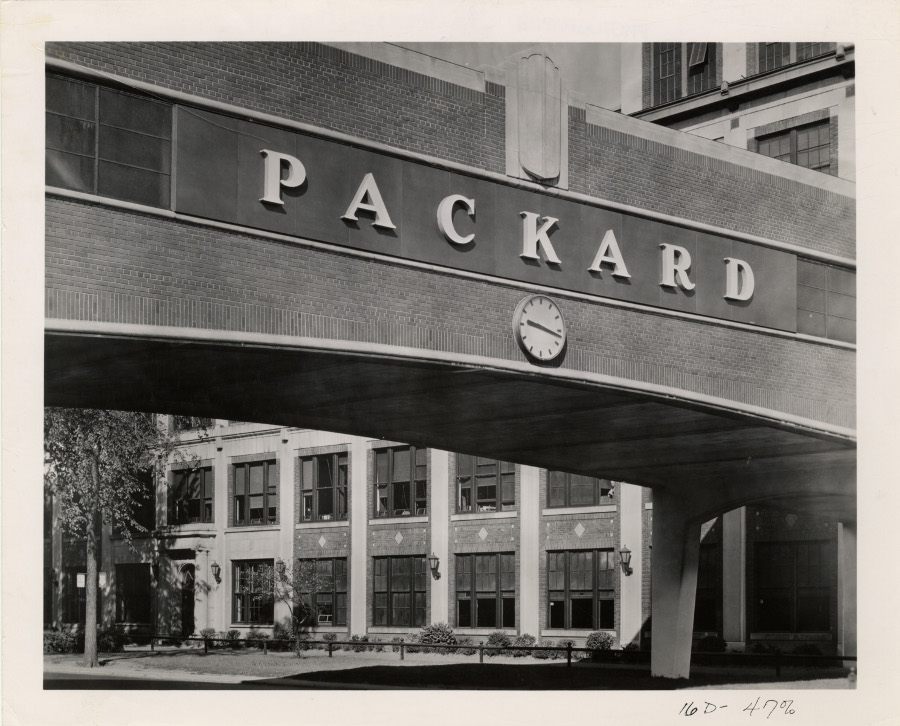
In the early days of Detroit's history, the Packard Motor Car Company was one of the first automotive companies that helped move the city of Detroit forward. The Packard Motor Car Company started its journey in the late 1800s with Warren Packard, James Ward Packard, and William Doud Packard. In 1854, Warren along with his brother John R and uncle Dr. Daniel B. Packard established Packard & Company which was located in Greenville, Pennsylvania and later, the Packard Hardware Company.
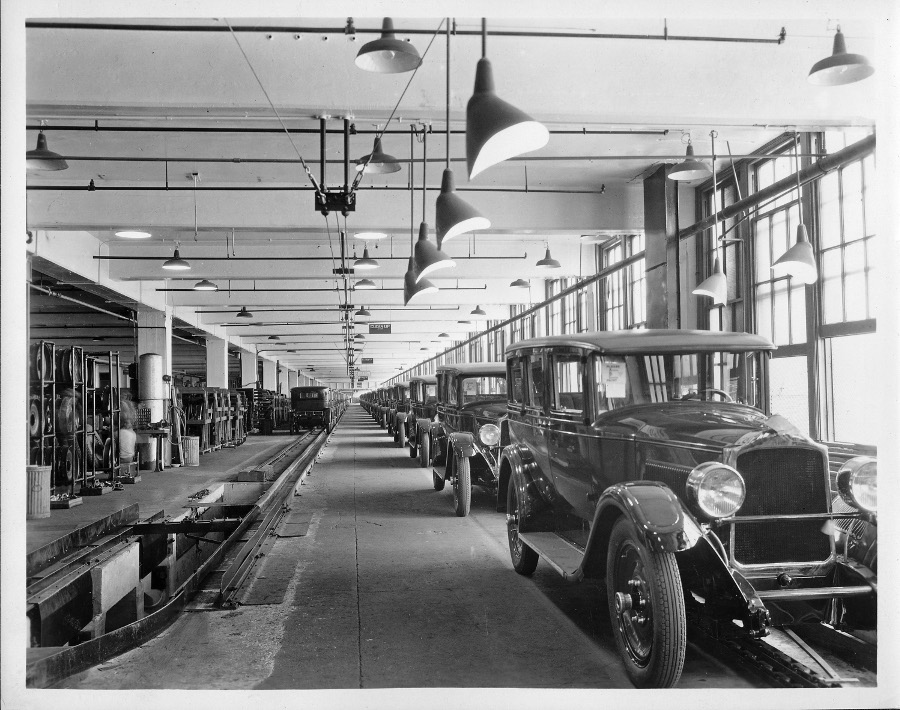
The test run of the first Packard automobile was on November 6, 1899 in Warren, Ohio. As the Packard history continued to grow the last Packard factory building in Warren Ohio was completed in January of 1903. Packard continued to manufacture products with amazing craftsmanship and prestige. One of the most popular advertising automotive themes in automotive history was the slogan by James Packard - (1901) “Ask the man who owns one” which is still very popular today.
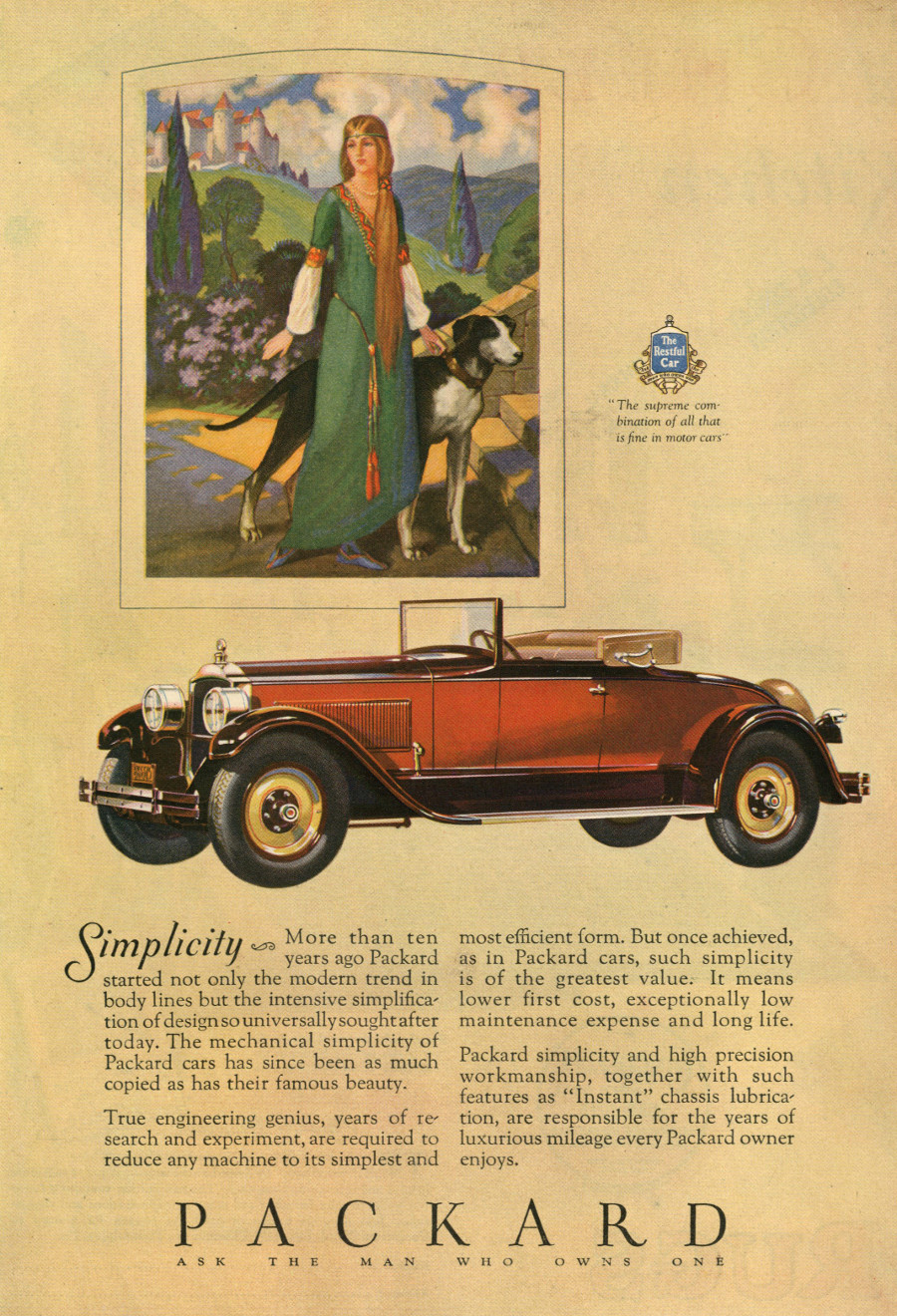
This is a story about the historic factory Packard building located at 1580 East Grand Boulevard in Detroit. In the beginning, Joseph Boyer, who was a Packard stockholder was so impressed with Albert Kahn's work that he persuaded the board to retain him as the architect for the new Packard Plant construction. On January 9th, 1903, Henry Joy wrote James Ward to say that Kahn had been hired to design the Packard factory building. By the summer of 1903, much progress had been made on the new factory plant on East Grand Blvd. From the early 1900's the Packard factory was one of the first to accommodate a mass auto production plant assembly line in the Detroit area. Before the Packard plant was developed the land was used as a cow pasture area. Later as the Packard factory continued to grow and show great progress, Henry Ford also wanted the same type of operation for his company as well. Kahn constructed the famous Ford Model T Plant in Highland Park which was built in 1908-1910.
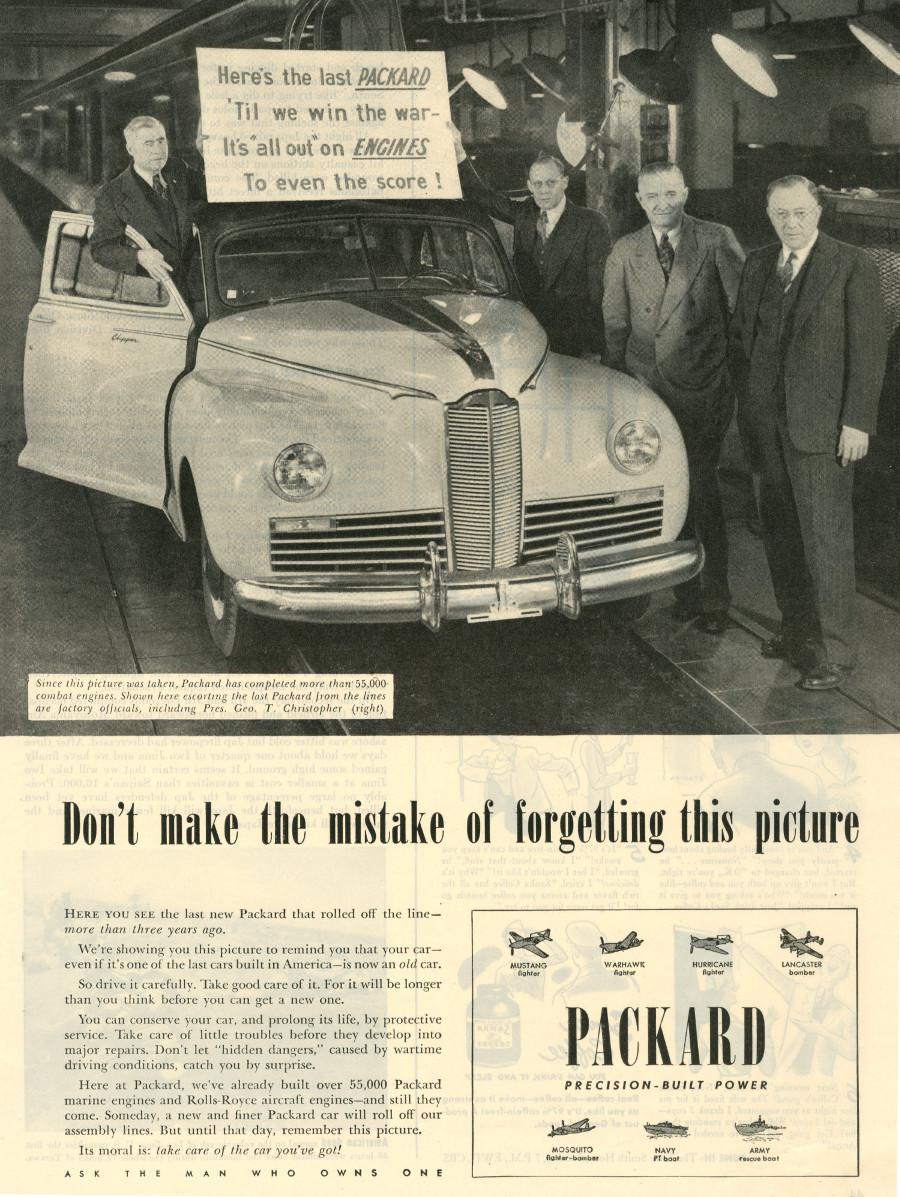
During the 1920s, Packard’s products, like the Single Six models, were introduced to provide the customer with a more economical alternative to the Twin Six models or closed body vehicles which used whip cords with leather upholstered seats for its special customers. Also during the 1920s, Packard automotive designs was greatly appreciated within the luxury car market and out selling Cadillac and other luxury models within its competitive sales market. In 1929, Packard factory sales had reached 4,455,178 units however, with the great Depression and the stock market crash of October 1929, factory sales had tumbled. From 1930-1934, Packard sales fell to only 1.9 million units annually.
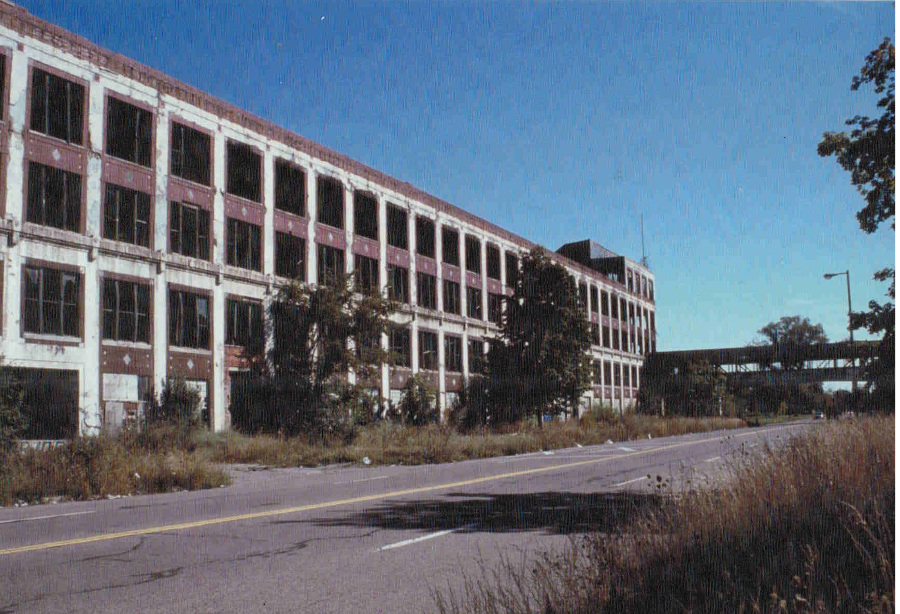
Packard was deeply committed to defense production. On February 9, 1942, Packard became part of the war time effort. From building aircraft engines such as Rolls-Royce merlin engines to many other power units for military vehicles and PT boats, one million square feet of floor space was devoted to building these engines for the war effort. After the war, Packard was back in business again and introduced a stylish model for 1948. The 1948 Packard’s were amazing looking automobiles. The lineup included the standard and De Luxe Eight in a sedan coupe and a Custom Eights models as well.
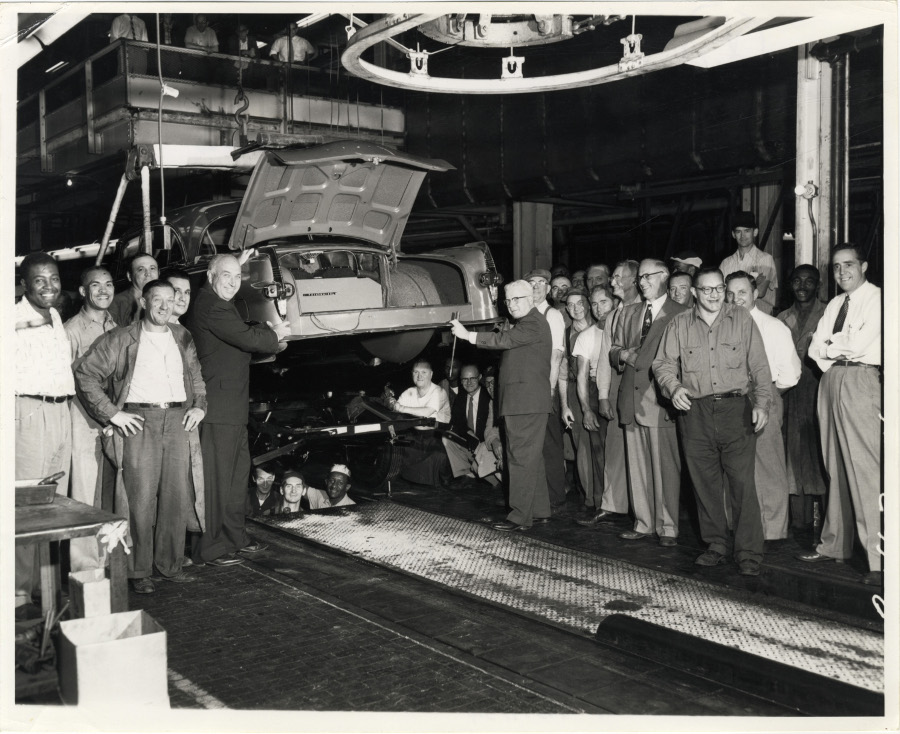
In 1952, Hugh Ferry announced the arrival of his successor James J. Nance and during his journey with Packard the plant was working at only 50 percent of capacity. Between 1954 and 1956, the Packard Plant on East Grand Boulevard was being dismantled. Unfortunately, many top company officials lost their jobs and two of the company’s local car dealers had closed their businesses. Machinery was torn out of the plants, telephones were removed, and most of the administration facilities were transferred to the Utica engineering and transmission plant. It was a sad day in Packard's history because it was estimated that 7,500 plant employees were laid off when Packard had stopped production of its 1956 models. In 1956, Packard moved out of the city of Detroit and merged with the Studebaker Corporation of South Bend, Indiana. After producing millions of vehicles, the last Packard model rolled off the assembly line at the Conner Avenue plant. In 1993, the city of Detroit and the state of Michigan had foreclosed on the property.
On January 2, 2014, Fernando Peruvian became the new owner of the historic Packard factory building. This story is dedicated to my parents’ next door neighbors, Al and Mary, who both retired from the Packard motor car company factory in the early 1950s and who would always let me help wash their 1948 Packard model as a kid in 1963. I also dedicate this to Mike Collins, a long-time Packard employee.
Bibliography
Grayson, Stan & Kimes, Beverly Rae. “Packard: A History of the Motor Car and the Company.” 1978
Watts, Ralph R. “Packard Abandons Plant Here.” Detroit News, 1956.
“Move To the New Plant Started By Packard.” Detroit News, September 10, 1954.
Reindl, JC. “Packard Plant Deed Transferred to Peru-Based Developer.” January 2, 2014.
Jr. Einstein, Arthur W. “Ask the Man Who Owns One.” McFarland & Company Inc., 2010.
The Packard Plant: A History of Memories


